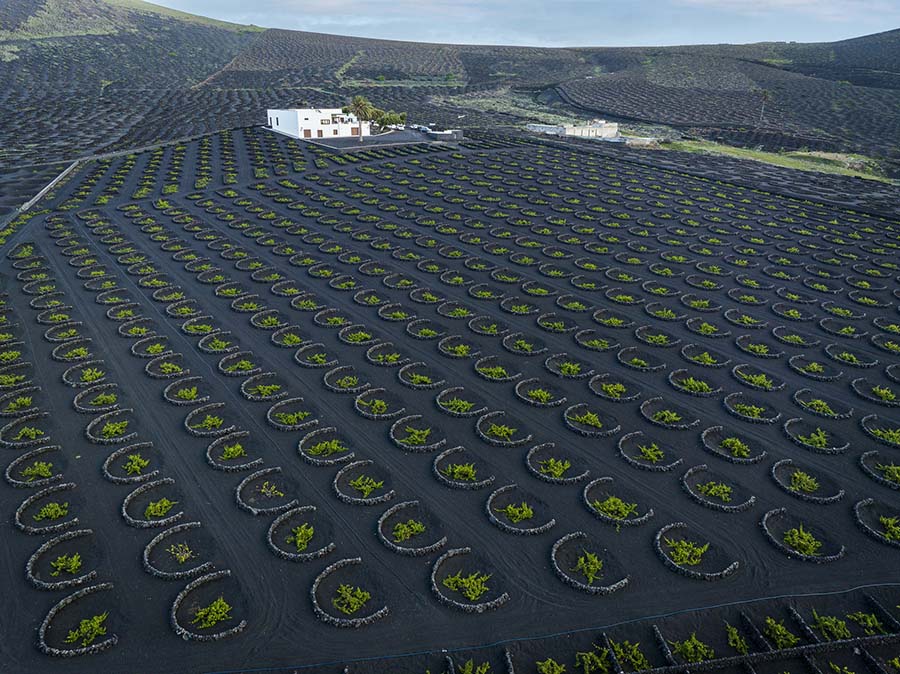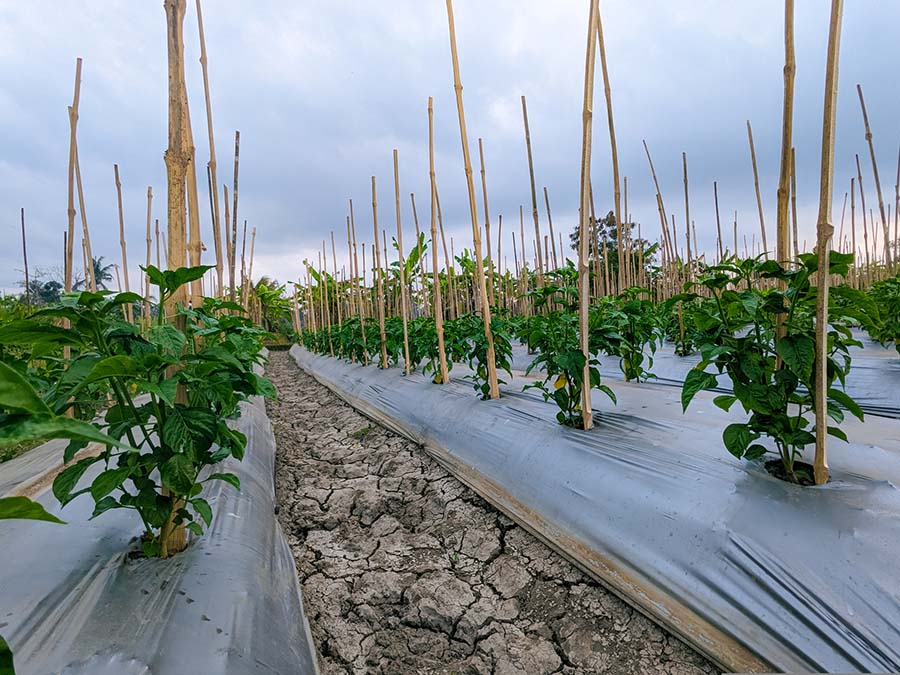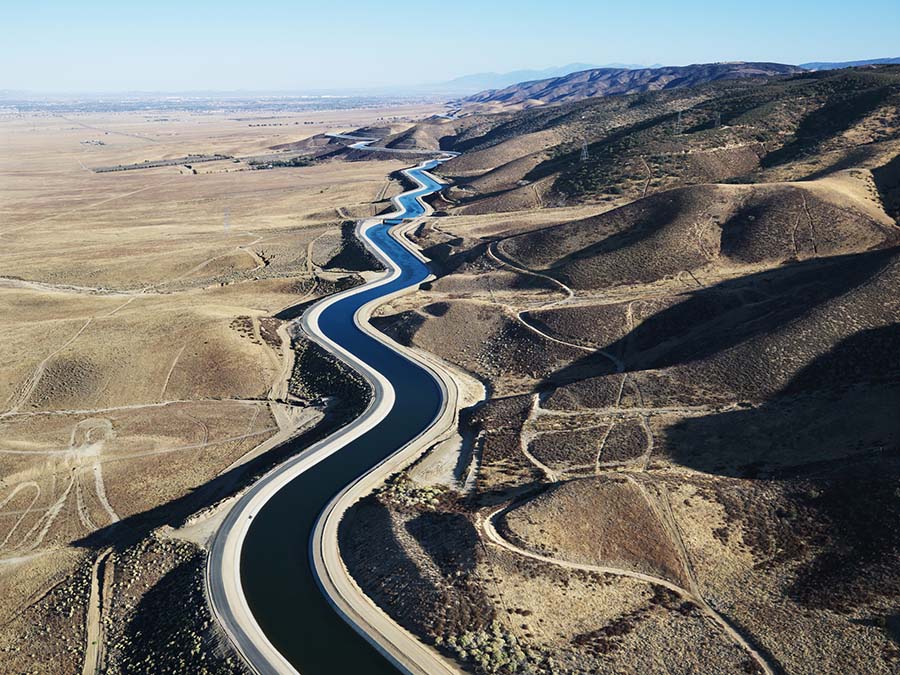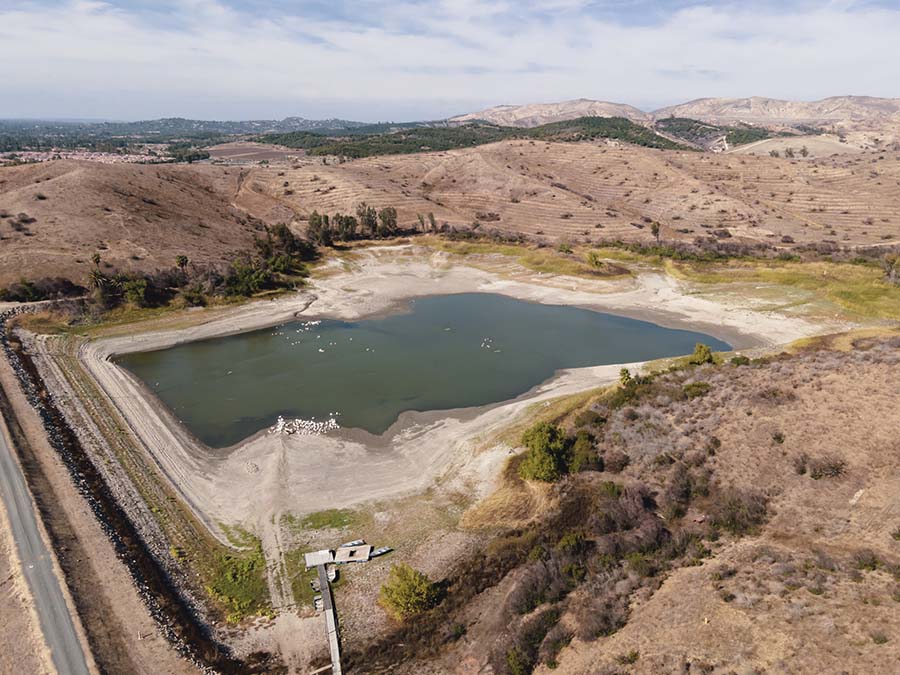Article Center
In-Depth Application Scenarios
Witness agrotextile systems in action! Examine real-world farm scenarios (vineyards, no-till veg) & get practical tips for common ground cover challenges.
The Engineered Advantage: Understanding Slit Film Woven Geotextiles
Don't settle for standard ground covers. Unpack the advantages of slit film woven geotextiles in modern agriculture – durability, controlled flow & more!
Maintaining and Inspecting Geomembranes in Coal Mining
Maintaining and inspecting advanced geomembranes for reliable containment and longevity in the coal industry, from extraction to disposal.
Advanced Geomembrane Solutions for Coal Mining Conditions
Do geomembranes matter in coal operations? Learn how advanced liner materials promote sustainability by protecting the environment and safeguarding resources.
Use-Case Scenarios For Geosynthetics in Mine Closure and Reclamation
How can BTL Liner’s geomembranes revolutionize coal mine closure and land reclamation? Explore how they can improve environmental restoration and safety.
Coal Facility Closure and Reclamation
Explore the role advanced geomembranes play in protecting the environment for future generations after coal facility closure and land reclamation.
Use-Case Scenarios for Advanced Coal Ash Management with Geomembranes
How are BTL Liners’ advanced geomembranes revolutionizing coal ash management to improve efficiency, meet regulatory standards, and protect our environment?
Advanced Coal Ash Management with Geomembranes
How do advanced geomembranes like BTL’s XR and RPE ensure safe, compliant management of coal ash and protect the environment. Learn the facts here.
Geomembranes in Coal Transportation and Storage
How do geomembranes promote safety and protect air quality during coal transportation and storage? Explore how they’re used to ensure regulatory compliance.
Use Cases: Geomembrane Applications in Coal Extraction and Processing
How do BTL’s advanced geomembranes enhance safety and efficiency in the coal mining industry? Discover their roles with these compelling use cases.
Geomembranes in Coal Extraction and Processing
Explore how geomembranes support critical coal mining needs like process water containment, stormwater management, dust control, and environmental safety.
Using Geomembranes in the Coal Industry
From extraction to ash management, explore how geomembranes enhance coal mining operations, ensure environmental safety and support operational efficiency.
Geosynthetic Properties and Performance in Geothermal Environments
Can your geosynthetics survive the heat? Explore material properties, degradation factors, and performance evaluations for reliable geothermal projects.
Geosynthetic Materials: Present and Future
How can geosynthetics withstand extreme geothermal conditions? Discover the materials, manufacturing, and innovations driving the future of sustainable energy.
Protecting Soil and Groundwater in Geothermal Projects
How do advanced geomembranes protect soil and water in geothermal energy production? Discover key techniques for stabilizing and containing harmful byproducts.
Enhanced Geothermal Systems (EGS): Expanding Geothermal's Reach
Unlock geothermal potential anywhere! Discover how Enhanced Geothermal Systems and geosynthetic liners are unlocking renewable, clean energy in arid regions.
Geothermal Waste Containment and Management
Is geothermal energy really clean? Explore how advanced geomembranes can safely contain challenging geothermal waste like brines, sludge, and spent fluids.
Lining Geothermal Reservoirs
Beyond the power plant: What's the secret to lasting geothermal success? Explore how cutting-edge liners protect critical resources and secure our energy future
Geothermal Energy in Practice: Challenges, Solutions, and the Role of Geotextiles
Got geothermal energy? What about leaky reservoirs and corrosive fluids? See how advanced geotextile materials are tackling the industry’s toughest challenges.
Introduction to Geothermal Energy
Explore the limitless potential of geothermal energy! See how it’s changing our energy future by transforming Earth's heat into clean and sustainable power.
What Happens When California’s Groundwater Runs Out?
Groundwater depletion, a growing concern in California and worldwide, presents profound challenges to environmental sustainability, agriculture, and water security.
What is Happening to California’s Groundwater, Aquifers, and Wells?
In California, a state frequently grappling with the harsh realities of drought, the impacts on groundwater levels and aquifers are profound and far-reaching.
What Technological Innovations are Being Used to Mitigate Drought Effects?
California is turning to technological innovation as a key tool in mitigating the effects and managing the challenges of water scarcity.
What Policies and Conservation Practices in California Are Changing Because of Drought?
As a state long accustomed to the ebb and flow of periodic droughts, California is now facing an era of intensifying dry spells.
How Do Recent California Droughts Differ From Historical Patterns?
California's relationship with drought is as long-standing as it is complex. Historically, this region has experienced cycles of dry periods, but recent changes in climate patterns have altered the traditional narrative of these droughts


























